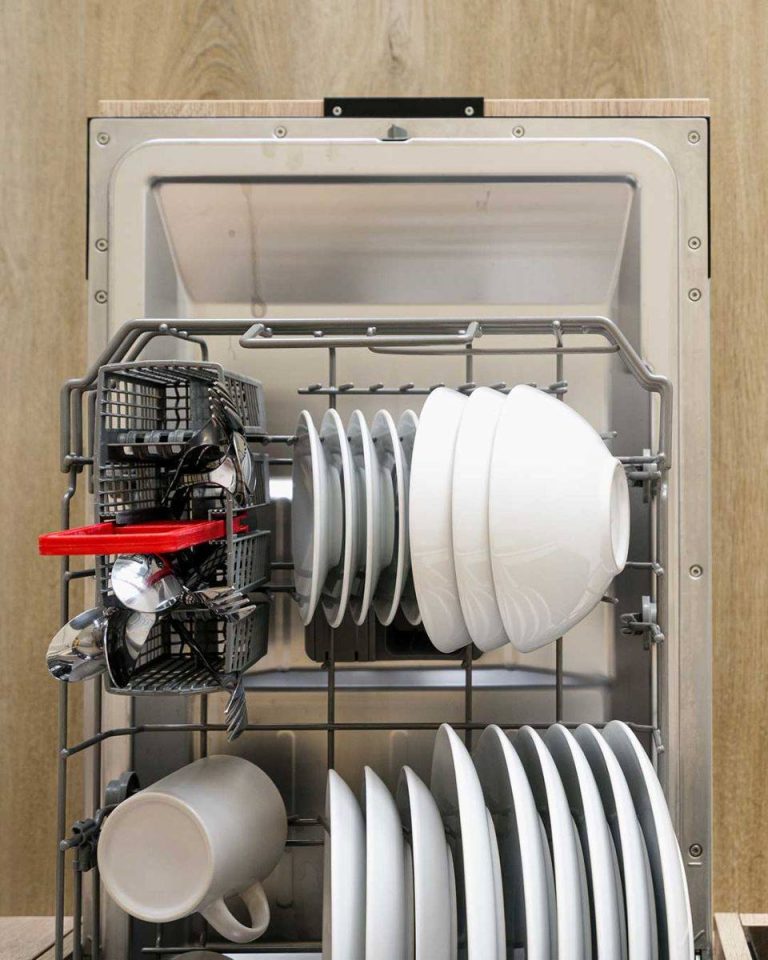In many households, the dishwasher is a modern convenience that simplifies the task of washing dishes. However, it can also be a source of domestic disputes—like the ongoing debate between you and your husband about whether you’re overloading the dishwasher. This article takes a deeper look at how dishwashers work, the science behind effective dishwashing, and provides insight into whether your loading technique may be contributing to the issue.
Understanding Dishwasher Mechanics
Dishwashers clean dishes by spraying hot water and detergent through rotating spray arms. For optimal performance, water needs to reach all surfaces of the dishes. When dishes are packed too tightly or overlapped, the water jets may not clean them thoroughly, resulting in leftover food particles or dirty dishes.
The Science of Proper Dishwashing
Effective dishwashing relies on a combination of factors: water temperature, detergent action, and mechanical water pressure. The water must be hot enough to dissolve grease and activate the detergent. The detergent contains enzymes that break down food particles, while the water jets ensure that all surfaces of the dishes are reached. If dishes are overlapped, water flow may be obstructed, preventing effective cleaning.
Signs of an Overloaded Dishwasher
When a dishwasher is overloaded, it can lead to dishes that aren’t fully cleaned. Common signs include:
Food particles left on plates
Cloudy or streaky glassware
Spots or streaks on utensils
If you notice any of these signs, it’s likely that the dishwasher is either overloaded or the dishes are improperly arranged, preventing water and detergent from reaching all surfaces.
Optimal Loading Techniques for Effective Cleaning
To ensure proper cleaning, it’s important to load the dishes with enough space between them to allow water to circulate freely. Here are a few tips:
Plates should be placed in the designated slots, facing the center.
Bowls and cups should be angled to allow water to drain.
Avoid stacking items on top of each other.
Ensure that larger items don’t block the spray arms.
By following these guidelines, you can maximize the dishwasher’s cleaning efficiency.
Common Misconceptions About Dishwasher Loading
Many people believe that cramming more dishes into the dishwasher saves time and energy. However, this often results in poor cleaning and the need for re-washing, ultimately wasting more resources. Another misconception is that pre-rinsing dishes is necessary. Modern dishwashers and detergents are designed to handle food residue, making pre-rinsing unnecessary and potentially wasteful.
continued on next page
